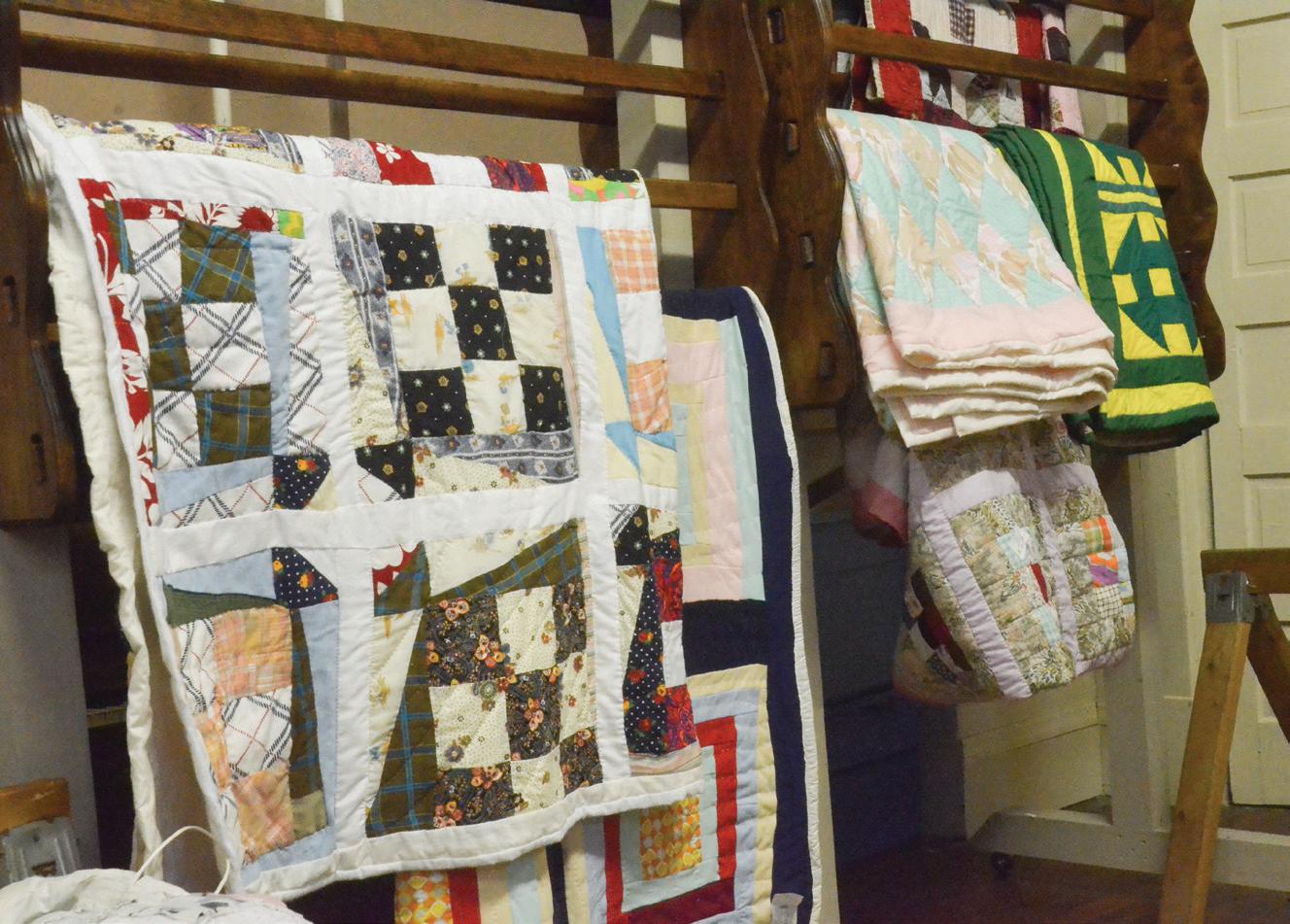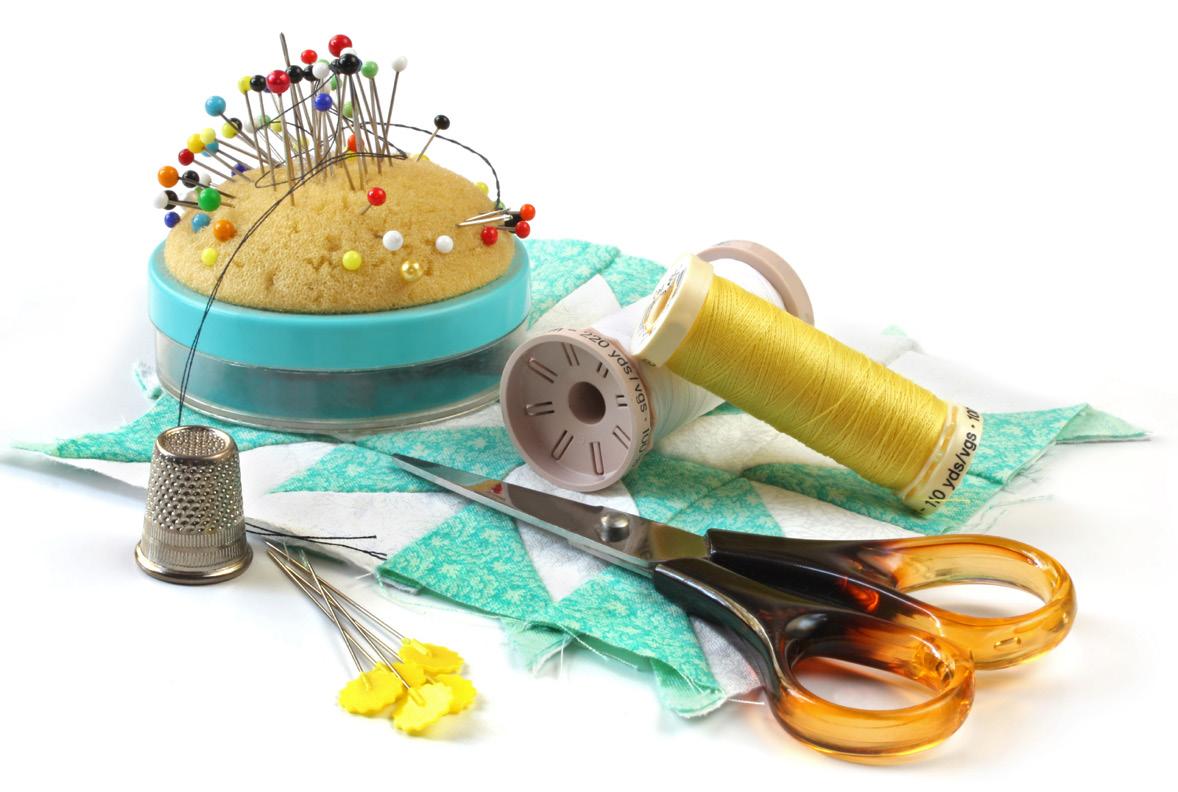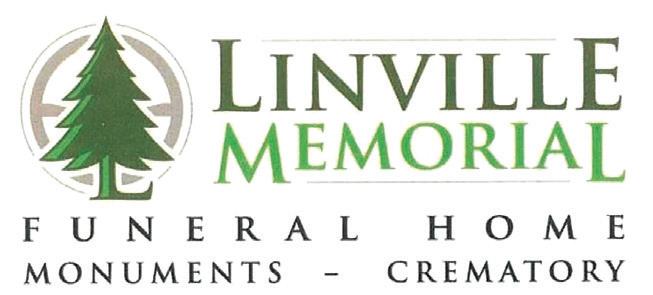
4 minute read
Rich history in generations of quilting
STORY BY KYMBERLY DONOWSKI
Thread My Needle adds love and history to the rich fabric of the community through quilting projects at the Black History Museum in Wetumpka, explained founding member, Jacqueline Lacey, now 98.
Sewing connects Lacey to the past, the present and her family.
“When I was young, I would go with mama and ladies in the community to quilt. I learned how to thread my needle and how to use a thimble,” Lacey said. “I watched the ladies and my mom sewing; and then, I learned.”
As Lacey became an adult, her eager mind and heart led her to work as a nurse.
“I worked at Valley Brook Park Nursing Home. I wanted to be a nurse, and later on, I wanted to deliver babies. I wanted to do so many things. I had so many things in my heart that I wanted to do, and I did them.”
Sewing remained a constant comfort to Lacey in her career as a nurse. Her sewing, especially her handmade quilts, were a physical representation of her love for patients, as well as her children and grandchildren.
“When I was at the hospital, and someone was having a baby, I’d make them the whole outfit, the little booties and everything for them,” she said.
In addition to her professional skills, Lacey also learned other crafts.
“In my later years, when I retired, Martha Piner and I decided we would meet at my house and do some crafts, like quilting, crocheting, cross-stitching. The main thing I’d go right back to was quilting. I put crocheting down. I put cross stitch down. I put all of it down, and I went back to quilting.”
This meeting began the roots of the quilting bee that today is Thread My Needle. Lacey’s excitement and natural inclination to build community led her to spread the word about the quilting bee. Every week, two or three more ladies showed up to take part.
In the early 2000s, president of the Elmore County Association of Black Heritage and a friend of Lacey, Frazine Taylor, was excited by the growth of the quilting bee.
“Miss Frazine Taylor said, ‘Y’all got to be in a bigger place. Go down to the Black History Museum; then, we can have people coming into the museum.’ Oh, that was just the right thing!” Lacey said.
Taylor recognized the synchronicity between the local museum and the group.
“The Elmore County Association of Black Heritage, ECABH, asked Thread My Needle to meet and work at the museum. This was a way to open the Museum to the public once a week and on some weekends,” Taylor explained.
“One morning we were all there, and I said, if we’re gonna have a quilting bee, we’ve got to get a name for it. I said, ‘Next week y’all bring in some names; and then, we’re gonna name it.’ I went to get some more fabric, and I heard Miss Irene Milner tell Miss Martha Jean Pine, ‘Thread my needle.’ I didn’t bother with it too much right then, but later on that night, I woke up, and I said, thread my needle. That could be a good one. So I got me a piece of paper, and I drew out a spool of thread with a needle in it. And now, that’s our logo,” Lacey laughed. “So now, Miss Irene always says she named it.”
Thread My Needle is as important to the Black History Museum as it is to the members.
“Before 1986, the Elmore County Training School was a community recreation center. I don’t think the mayor understood the importance of the Rosenwald aspect of the building but knew it was a vital structure that must not be demolished,” Taylor said. “In 1986, about 80 citizens decided the best thing to do would be to turn it into a museum. At the same time, I was asked to be president of the Elmore County Association of Black Heritage, which would run the museum.”
It is fitting for Thread My Needle to meet in the Wetumpka Black History museum because quilting is a vital part of the Black community.
“All this started back in the Underground Railroads. You have to know the story. Underground Railroad quilters first made quilts for warmth; then, they used them to communicate,” Lacey explained. “When the slaves were trying to leave South Carolina to get to Canada, where they were treated better, they would make a quilt to show the way. The quilt patterns show directions. Each pattern tells a story. The pattern is like a map, and they followed it.”
Quilting is more than art or craft; it is a neces- sary element of warmth, communication and community, Lacey said.


“The fireplaces would not put out enough heat for the whole house. You needed a lot of covers. My mama would take the good parts of old overalls and put them together to make quilts for the bed.”
Lacey has a respect and passion for the traditions of hand sewing and wants to see the tradition continued.
“Some quilt with all these sergers and all that, but they always admire me with my hand quilting. I tell them I want to hand-quilt to keep going. I don’t want it to fade away. It’s an art, an old art. They’ve been doing it since the Underground Railroad. They didn’t have any machines then. They just got them some thread and a needle and put some old pieces together.”
“I want the art to continue. I don’t want it to fade. I wish that all of the young people would come in and check this out and see what we have been doing and learn how to do it. Whatever I know, I want to share it. I always got something for somebody,” Lacey said, “Some come in here and have never used a thimble or learned how to thread a needle.”
Lacey’s nursing career and loving mothering manifests into a natural gift of teaching. She welcomes all skill levels to sit right next to her and learn the traditions and skills of quilting.
Thread My Needle welcomes people of any skill level to join them. For more information or to plan a trip to the Black History Museum, contact the Wetumpka Chamber of Commerce at 334-567-4811.














